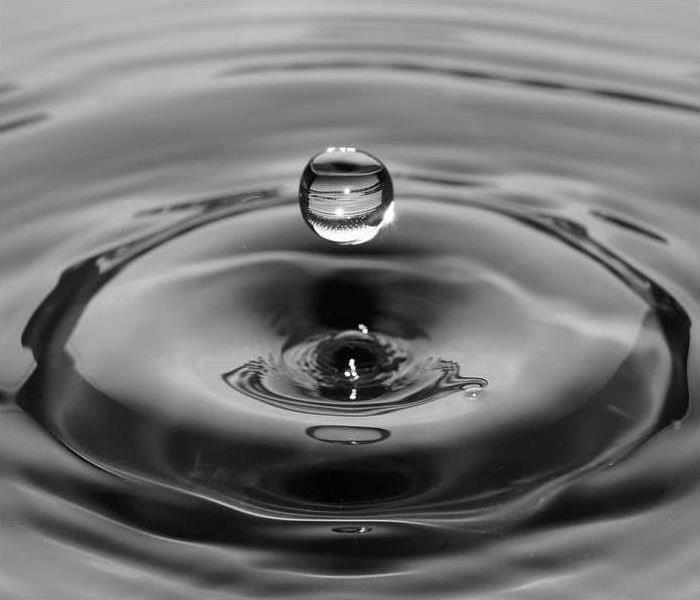Different Water Categories
3/27/2020 (Permalink)
Water damage restoration training is one of the important skill sets that a team of professional cleaners need in order to offer comprehensive services. This is a service that involves going into a home or business after a wet disaster, such as flood, burst pipes, or snow destruction, and not just cleaning up the mess, but actually drying and repairing the substructures that high volumes of moisture will affect, such as plaster and drywall, wood, concrete, and metal. When it comes to any type of water damage mold is a big concern yet there can be many other problems related to moisture damage. Some other moisture damage problems involve crumbling drywall and plaster, weakening beams and supports, rusting metal surfaces, and more. If the moisture is left to sit long enough, it will eventually bring the house to ruin. By having professional water damage restoration training, a cleaning crew will be able to properly assess the situation and devise the best plan for repair.
According to the IICRC (Institute of Inspection Cleaning and Restoration Certification), which sets the standards for the cleaning industry and water damage restoration training, there are several different levels and classes involved in liquid destruction. From the IICRC’s S-500 standards, there are three categories describing the type of liquid involved.
- Category 1. This is liquid from a clean and sanitary source, such as faucets, toilet tanks, drinking fountains, etc. But, category one can quickly degrade into category two.
- Category 2. This category of liquid used to be called grey water, and is described as having a level of contaminants that may cause illness or discomfort if ingested. Sources include dishwasher or washing machine overflows, flush from sink drains, and toilet overflow with some urine but not feces.
- Category 3. This is the worst classification and is grossly unsanitary. It could cause severe illness or death if ingested. It used to be called black water, and sources include sewer backup, flooding from rivers or streams, toilet overflow with feces, and stagnant liquid that has begun to support bacterial growth.
Info provided by IICRC Website





 24/7 Emergency Service
24/7 Emergency Service